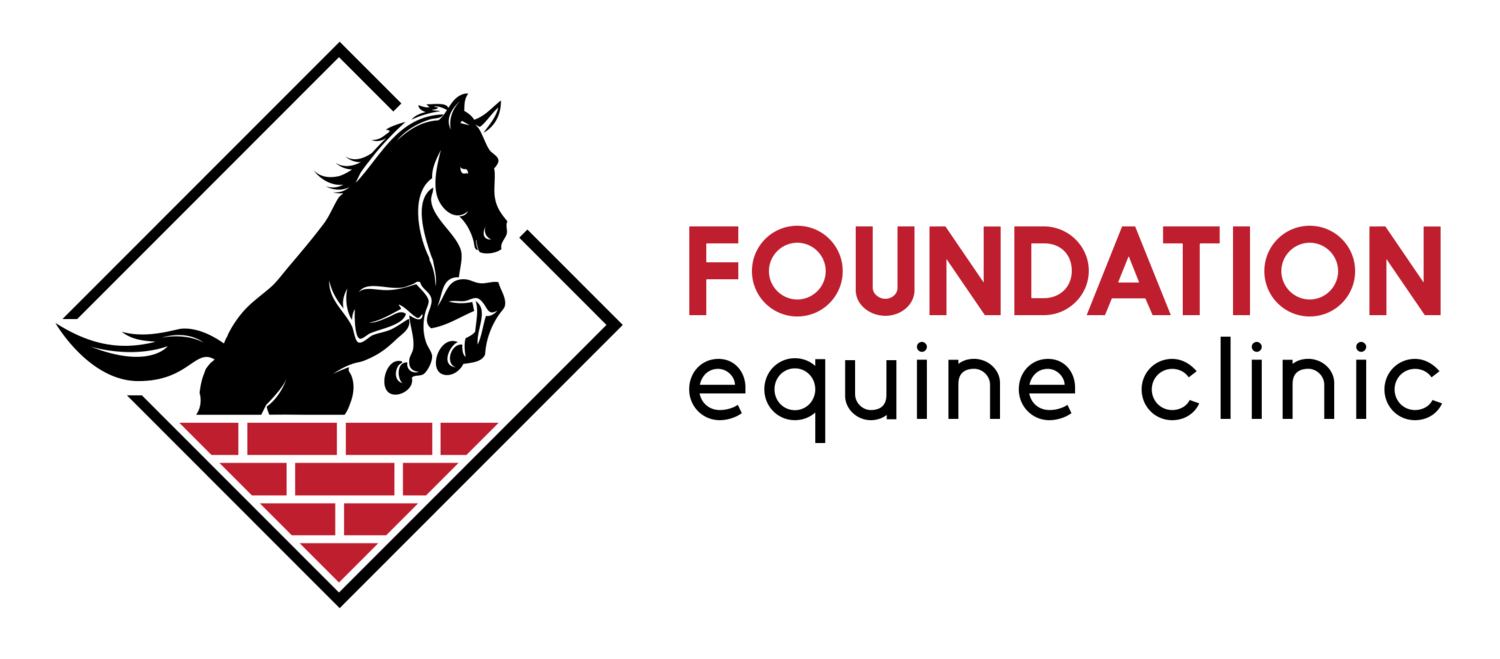Neuromuscular Disorders
Horses experience many muscle disorders such as rhabdomyolysis ("tying up"), polysaccharide storage myopathy (PSSM), shivers, HYPP and many more. Horses with a muscle problem may tire easily after exercise, appear stiff or cramp after work, or have difficulty walking or backing. Diagnosis of these conditions can be made through combinations of bloodwork, exercising testing, genetic testing and muscle biopsies. Acute cases usually need emergency treatment with anti-inflammatories, rehydration and disease-specific medications.
Diagnosis of Neuromuscular Disorders
A diagnosis of a particular neuromuscular disorder can be challenging, since many of the symptoms are the same, regardless of the underlying disease. We often begin with blood testing, to determine if there is an increase in muscle values on bloodwork. Excercise tolerance testing can be helpful as well, which involves blood sampling before and after a 45 minute exercise session. Many neuromuscular disorders can be diagnosed with genetic testing, while others require a muscle biopsy (small sample of muscle tissue taken from the hindquarters).
Muscle biopsy procedure
For More Information:
For more information on neuromuscular disorders, we recommend the University of Minnesota Neuromuscular Disease Laboratory webpage.


